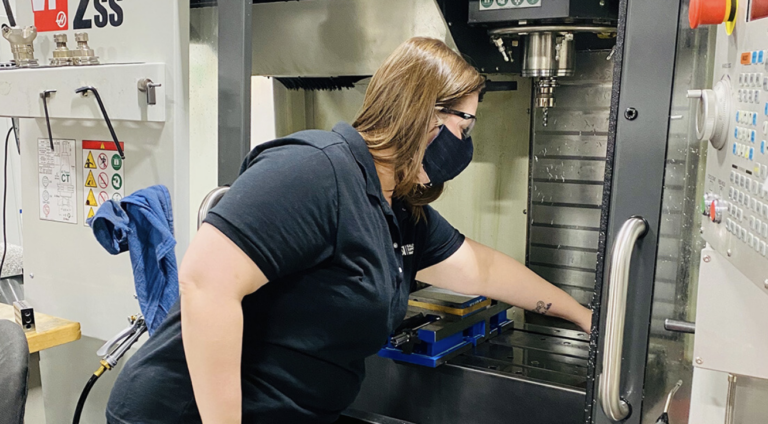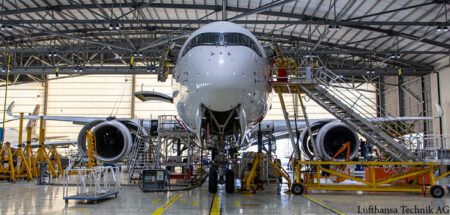As the scale of the COVID-19 pandemic continues to grow, some companies providing products and services for business aircraft are grappling with immediate production challenges while staring down an increasingly uncertain future, according to the NBAA.
“‘Pivot’ and ‘uncertainty’ are the words of the day,” said Gina Radke, CEO of Galley Support Innovations Aerospace Manufacturing, an aircraft interior hardware design and manufacturing firm based in Sherwood, AR.
For Radke, the initial relief at being deemed an essential business quickly turned to facing the challenge of maintaining operations while prioritising employee safety.
“We still need to meet our customers’ needs and keep our people employed,” she said. “Anyone who can work from home has been asked to do so, and we’ve split manufacturing floor shifts to ensure fewer people are in the facility at the same time.”
Galley Support also has removed a “crossover” period when teams on different shifts would meet to discuss production status. Instead, the facility is closed for 30 minutes while all doors are opened and the facility is sprayed down with cleaning supplies.
Aircraft Lighting International (ALI), a Hauppauge, NY-based company that manufactures LED lighting systems for aircraft, has also significantly adjusted daily operations in response to the pandemic. “We’re operating with about 20% of our production staff to maintain safety and distancing protocol,” said General Manager Shervin Rezaie. “Some teams are week-to-week right now as we determine the best way to keep running while minimising [personal] contact.”
Rezaie wasn’t even sure two weeks ago if ALI would be allowed to stay open. Though that question has been answered for most aviation businesses, the long-term outlook remains unclear.
“Forecasted orders and things we knew were going to be scheduled this year are still happening, but longer down the road, it feels like we’re all in an unknown area,” he said.
With the landscape shifting so quickly during the crisis, there is no shortage of questions facing aviation service providers. Could there be major disruptions to the supply chain? Will the cancellation of industry trade shows – where Radke says they make most customer connections – cause a slowdown in future orders? And given how quickly the coronavirus situation has escalated, what will the global economy look like months from now?
“Right now, everything is just evolving so quickly – we went from Phase 1 of our COVID-19 response plan to Phase 3 in less than 48 hours,” Radke said. “We just don’t know what kind of hit the industry as a whole is going to take.”
For now, business continues, albeit slowly, but the increasingly opaque future makes it difficult for Rezaie to feel any certainty.
“If aircraft aren’t flying, they aren’t making money, and that could put people in a position where it’s difficult to recover,” he warned. “Talk to me in a month or two, and we’ll see the real impact.”





